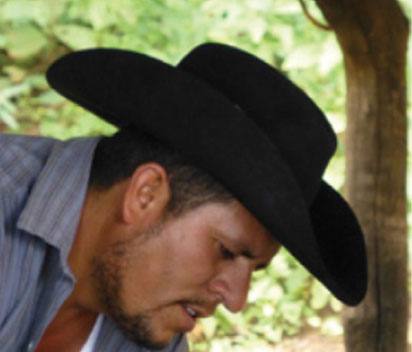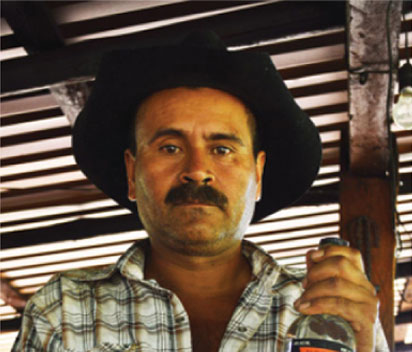Additional Info test
The label on the bottle tells you who distilled the mezcal in your hand:

San Miguel Destilerías
The three San Miguel destilerías are located in and above Potrero, a tiny pueblo in mountainous terrain west of Sola de Vega, about three hours southwest of Oaxaca City.
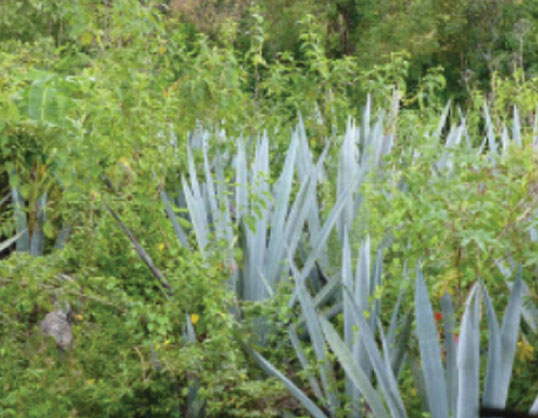
They distill wild and semi-wild arroqueño (agave americana var. oaxacensis). The terrain is steep and ferriferous. Distilled well, arroqueño’s intense flavors are clean and precise, here mellowed by the clay
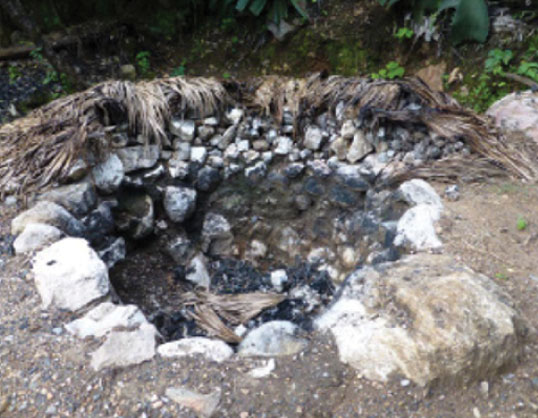
Their distilleries are tiny: look at the size of this horno (wood-fired pit-oven).
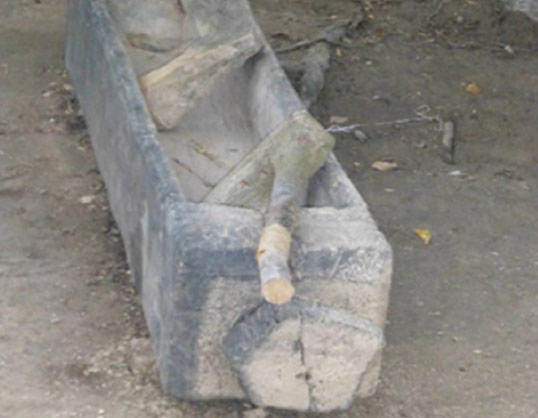
The ancestral way of crushing roasted agaves: a canoa, hollowed out from a big log, and mazos (wooden mallets). It takes days. A local agronomist told me that yeasts prefer this non-uniform method: yields a more complete and complex fermentatio
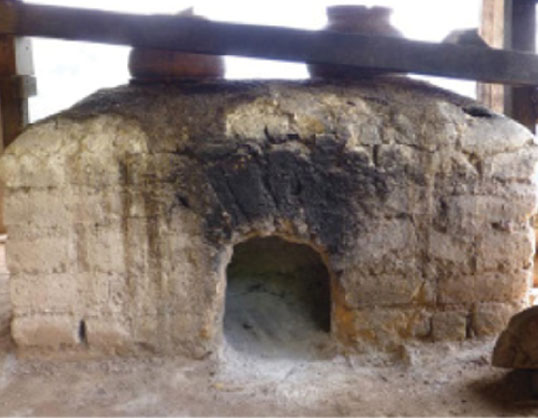
Don Felix’ two-pot still. The still’s bottom chamber, the olla (pot), is enclosed in adobe and stone above a wood-fired furnace chamber. A clay olla holds 50 liters, whereas the standard copper pot is 250-300 liters. Smaller stills tend to yield well-defined flavors.
